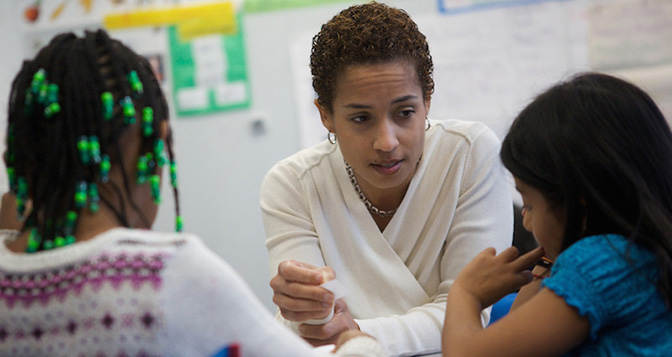
Recent research points to one of the most effective ways to overcome adverse childhood experiences and promote more positive outcomes – relationships. These can be with typical peers, mentors, or kind and caring adults. They can provide safe and supportive learning environments necessary for children with trauma.
Relationships for traumatized children can be a tricky business. Many have a deficit of relationship building skills with peers and authority figures. They may see friendships or nurturance as a trap, something that won’t last, and best to be avoided.
In order to overcome these fears and anxieties, the child must learn new ways to approach relationships. On the IEP form, there is PLEP: “Present Levels of Educational Performance” that allows an IEP Team to look at the impact of a disability on academic performance from the nonacademic standpoint. This includes extra-curricular activities, communication, behavior, and nonacademic activities. These are all areas where children interact with other children (recess, lunchroom, hallways, after-school activities) as well as adults. They are also the most confusing and least successful areas for traumatized children. But they could also be used as platforms to learn new skills and new ways of looking at the world as less than terrifying.
Social/Emotional goal writing should be an opportunity for an IEP Team to get creative. IEP Teams must consider the appropriate “go-to” person when the student needs help. Is it the school nurse, a favorite teacher or administrator, a trusted friend, or maybe an older sibling? Can she have access to this person in times of uncertainty? Can this person give her guidance and assurance that things are safe here, and that recess and lunchtime can be fun?
The lack of self-regulation is most typically the response of a traumatized child to a confusing or potentially unsafe situation as seen through their trauma lens. It follows that if a child is feeling safe, he/she will be able to muster the neurological control to stay regulated and do the right thing.
If an adult senses that a child is becoming dysregulated, they should make sure the child can find a safe haven. Adults should create a place where they truly want to be (not a “time out” or seclusion room). Most times this is a sensorially soothing place with minimal activity, like taking a walk outside with a trusted mentor. The PLEP B goal of the child learning to identify their physiological response to stress and anxiety AND their response to calming activities such as a walk, would allow the student to focus neurologically on academics rather than taking up brain time on stress and anxiety.
Being physically healthy is the result of being mentally, emotionally, and socially health.
Being emotionally healthy leads to academic success. For those kids with the invisible disability of having suffered complex childhood trauma, the IEP process can give them a chance to learn the skills necessary to achieve a life of productivity and independent living.
From the Federation for Children with Special Needs. https://fcsn.org/rtsc/wp-content/uploads/sites/2/2013/11/Trauma-Sensitivity-During-the-IEP-Process.pdf.

 .
.